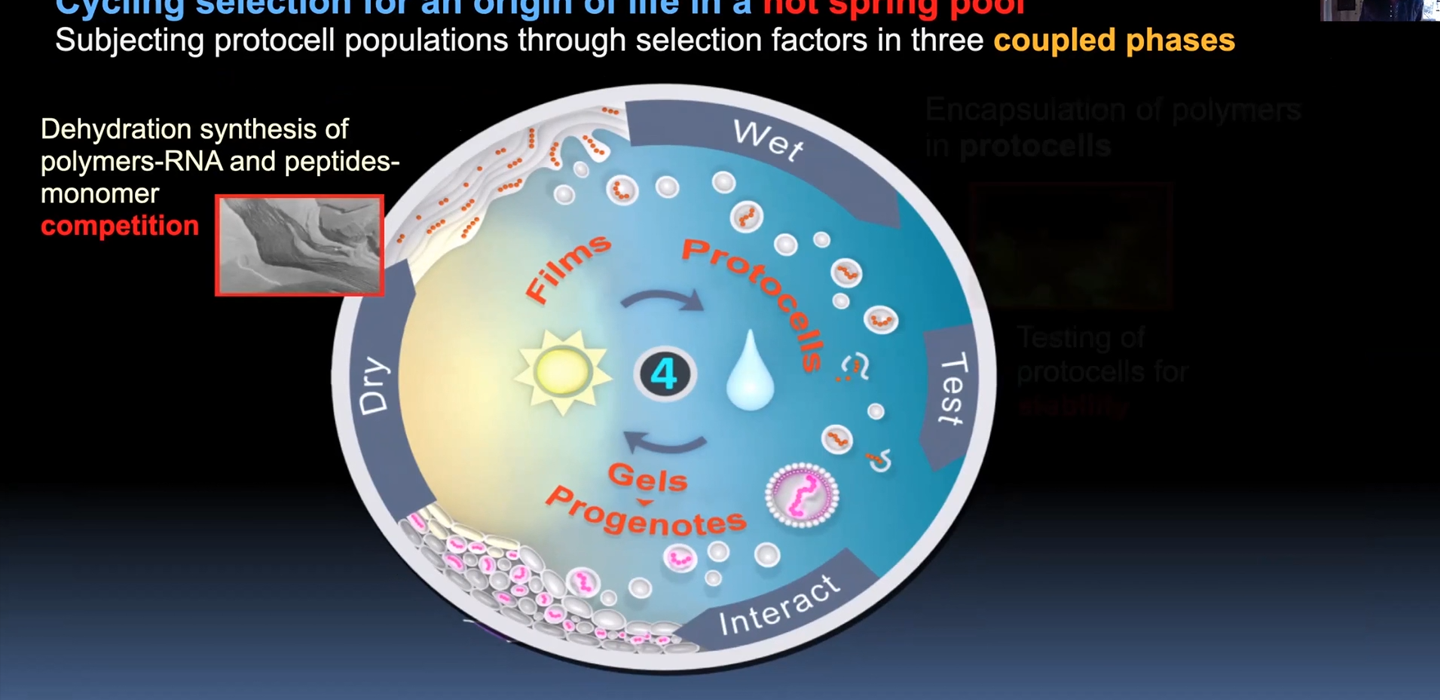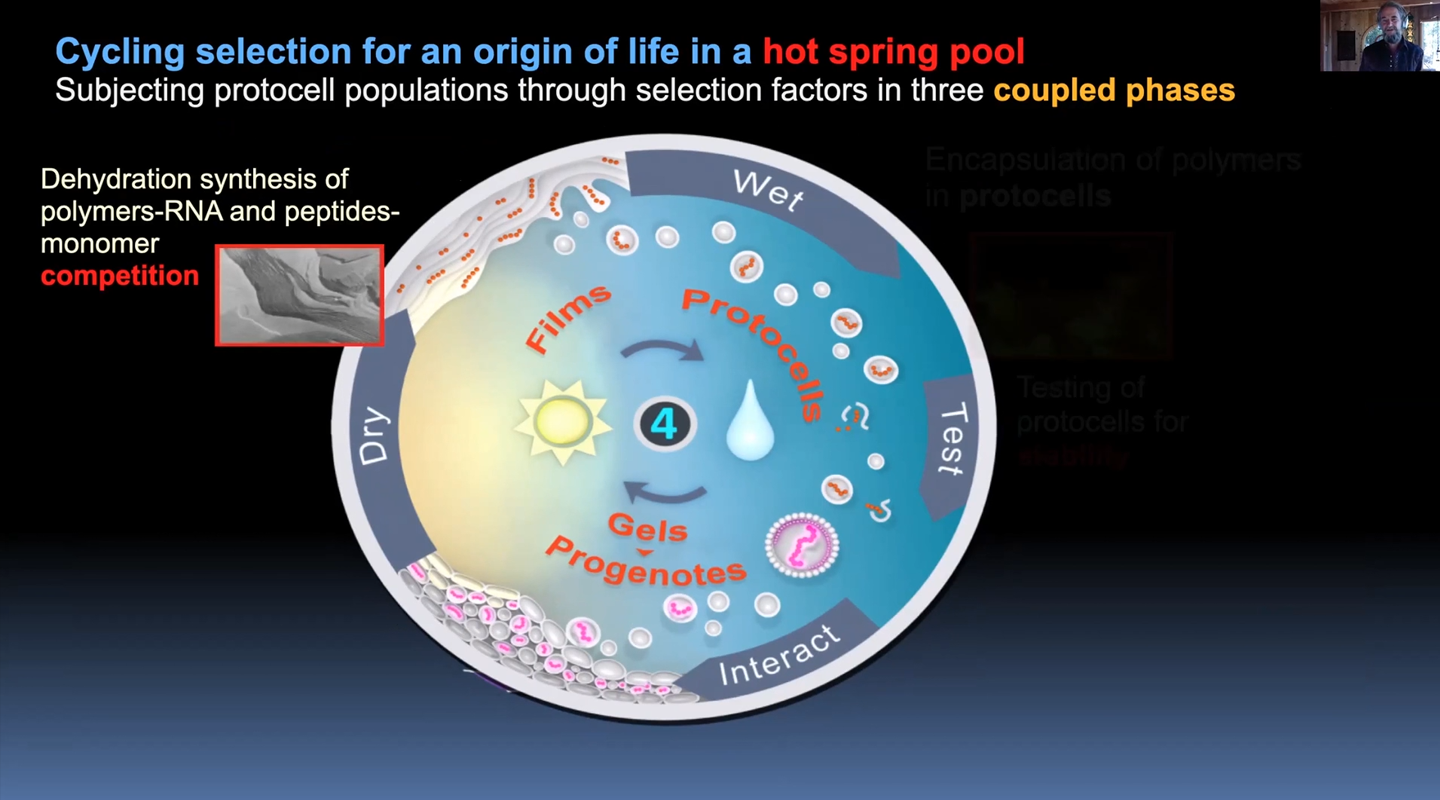The Institute of Arts and Science & the San Jose Museum of Art present “Seeing Through Stone”
University of California, Santa Cruz NEWSCENTERApril 10, 2024 San José, California (March 20, 2024) — The Institute of the Arts and Sciences...



For the past five years, Drs. Bruce Damer and David Deamer have collaboratively searched for evidence of the origin of life. In this talk, they will discuss their shared research journey, taking them from the study of organic compounds over 5 billion years old, to Bumpass Hell, the largest hydrothermal area in Lassen National Park, the Pilbara of Western Australia, and, most recently, to Hell’s Gate hot springs of New Zealand. They’ll talk about what they discovered about protocells, fresh water hot springs, and early signs of life along the way.
Dr. Bruce Damer is an Astrobiologist collaborating with Prof. David Deamer in the Department of Biomolecular Engineering, UC Santa Cruz on the question of the origin of life. He has also contributed 20 years of mission simulation and design for NASA and other space agencies on the related question of how life might begin on other worlds and how to extend life and human civilization into our solar system. His training is in computer science and he has built an extensive archive of computing artifacts and history chronicling the rise of the digital world in the last 60 years. More can be found on his work and life at: http://www.damer.com
Dr. David Deamer is a Research Professor of Biomolecular Engineering at the University of California, Santa Cruz. Deamer received his undergraduate degree in Chemistry from Duke University in 1961, and PhD in Physiological Chemistry at the Ohio State University School of Medicine, 1965. Over his scientific career, Deamer has maintained a central focus on biological and synthetic membranes. In 1989, Deamer proposed the idea that it may be possible to sequence a DNA molecule by passing it through a nanoscopic pore embedded in a lipid bilayer membrane. Feasibility of this concept was demonstrated in 1996, and collaborative work with Mark Akeson at UC Santa Cruz reported proof of principle in 1999 when they reported that a nanopore could distinguish between sequences of adenine and cytosine in RNA. In 2014, Oxford Nanopore Technology developed and distributed the MinION device which utilizes nanopore sequencing concepts and patents developed by the Akeson and Deamer research groups.
In a second research area, Deamer investigates how primitive amphiphilic compounds could have encapsulated polymer systems to give rise to the first living cells. In 1985 he showed that lipid-like compounds in carbonaceous meteorites can self-assemble into membranous vesicles, making it plausible that such vesicles were present on the prebiotic Earth. Deamer was awarded a Guggenheim Fellowship in 1986 to work with Murchison meteorite samples at the Australian National University, Canberra. He is currently using nanopore biosensors to detect nucleic acid polymers synthesized in a robotic device that simulates prebiotic conditions. Deamer is the author or co-author of 200 research papers and review articles, and the author/editor of 12 books, including Assembling Life (2019), published by Oxford University Press. His research has been featured in NOVA and National Geographic programs related to artificial life and the origin of life. A cover article in the August 2017 Scientific American described a hypothetical scenario about how life can begin on a habitable planet like the early Earth. The hypothesis has a foundation in laboratory experiments and observations in volcanic hydrothermal conditions, and is a joint effort by Deamer and Bruce Damer.